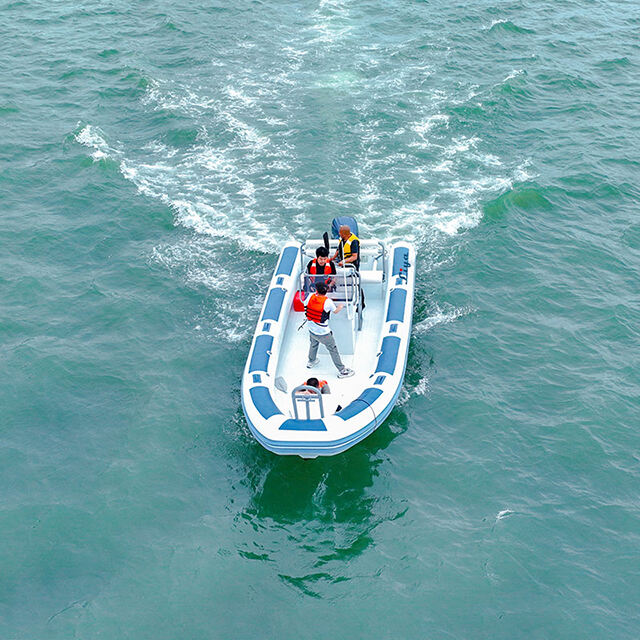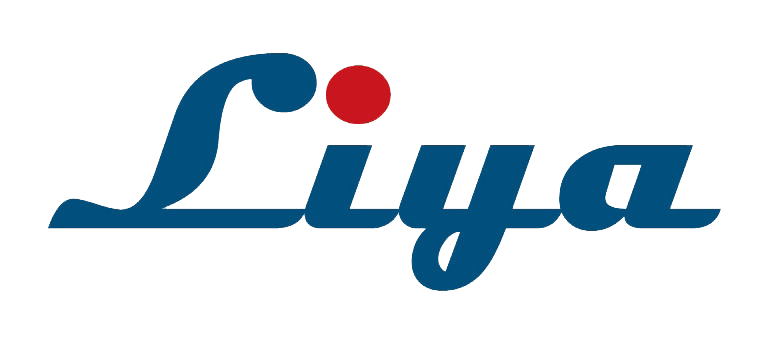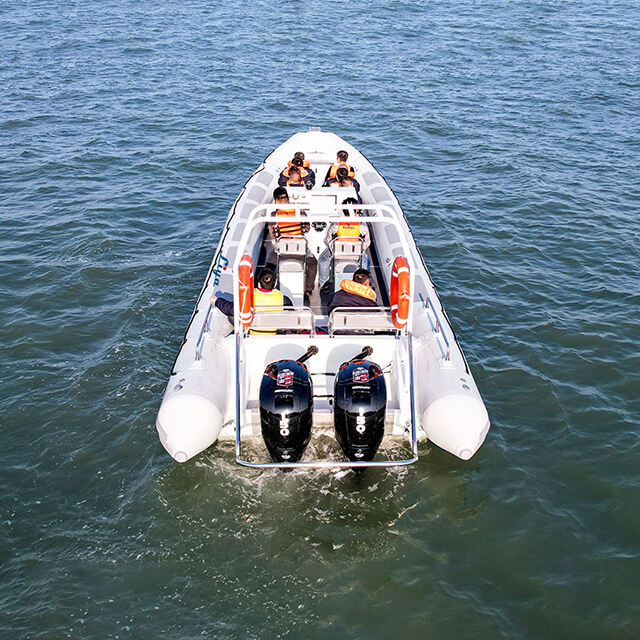Understanding the Versatility and Power of RHIB Vessels
RHIB boats have revolutionized maritime activities with their unique combination of rigid hulls and inflatable tubes. These vessels, properly known as Rigid Hull Inflatable Boats, offer exceptional stability, performance, and versatility across various marine environments. Whether you're considering purchasing a RHIB boat for recreational purposes, professional use, or maritime operations, mastering its operation and maintenance is crucial for ensuring both safety and longevity.
The distinctive design of RHIB boats makes them particularly appealing to both novice and experienced boaters. Their hybrid construction provides superior buoyancy and stability, while the rigid hull ensures excellent handling characteristics in diverse water conditions. As we explore the essentials of RHIB boat operation and maintenance, you'll discover why these vessels have become increasingly popular among maritime enthusiasts and professionals alike.
Essential Components of a RHIB Boat
Hull Structure and Design Features
The foundation of any RHIB boat lies in its robust hull construction. The rigid hull, typically made from marine-grade aluminum or fiberglass, provides the primary structure and cutting ability through waves. The hull design incorporates careful engineering to optimize performance, with features such as deep-V sections for improved handling and specially designed chines for enhanced stability.
Above the waterline, the inflatable collar system serves multiple purposes. These tubes, constructed from heavy-duty materials like Hypalon or PVC, provide additional buoyancy, impact protection, and stability. The combination of rigid hull and inflatable tubes creates an extremely seaworthy vessel capable of handling challenging conditions while maintaining passenger comfort.
Propulsion and Control Systems
RHIB boats commonly utilize outboard engines, though some larger models may feature inboard motors. The propulsion system is carefully matched to the hull design and intended use, with power options ranging from single to multiple engine configurations. Control systems include responsive steering mechanisms, carefully positioned throttle controls, and modern navigation equipment.
The electrical and electronic systems aboard a RHIB boat require particular attention. These may include GPS navigation systems, depth sounders, VHF radios, and various safety equipment. Understanding the operation and maintenance of these systems is crucial for safe and efficient vessel operation.

Operating Your RHIB Boat Safely
Pre-Launch Procedures and Checks
Before launching your RHIB boat, conducting thorough pre-launch inspections is essential. Check the inflation pressure of all tubes, ensuring they're at manufacturer-recommended levels. Inspect the hull for any damage or wear, and verify all mechanical systems are functioning correctly. Review weather conditions and tide tables to ensure safe operating conditions.
Engine checks should include fluid levels, fuel systems, and battery condition. Verify all safety equipment is present and in good working order, including life jackets, fire extinguishers, and emergency signaling devices. A comprehensive pre-launch checklist helps ensure nothing is overlooked.
Handling Techniques and Best Practices
Operating a RHIB boat requires understanding its unique handling characteristics. Start with slow, controlled maneuvers to familiarize yourself with the vessel's response to throttle and steering inputs. Practice turning at various speeds, understanding how the boat behaves in different conditions.
When encountering waves, adjust your speed and angle of approach to maintain comfort and control. RHIB boats excel in rough conditions, but proper technique is essential. Learn to read water conditions and adjust your operating style accordingly, always prioritizing safety over speed.
Maintenance and Care Guidelines
Regular Cleaning and Protection
Proper cleaning and protection significantly extend your RHIB boat's lifespan. After each use, thoroughly rinse the entire vessel with fresh water, paying special attention to salt removal from metal components and electronics. Clean the tubes with appropriate cleaners designed for the specific material type.
Apply UV protectant to the tubes regularly to prevent degradation from sun exposure. Keep the hull clean and periodically apply appropriate protective coatings. Store the boat properly, either covered or indoors, to minimize environmental damage.
Preventive Maintenance Schedule
Develop and follow a comprehensive maintenance schedule for your RHIB boat. Regular engine maintenance should follow manufacturer guidelines, including oil changes, filter replacements, and system checks. Inspect tube material for wear or damage, checking seams and valve systems regularly.
Monitor and maintain proper tube inflation levels, as changes in temperature can affect pressure. Regularly inspect and lubricate mechanical components, including steering systems and control cables. Keep detailed maintenance records to track service intervals and identify potential issues early.
Frequently Asked Questions
How often should I check the inflation pressure in my RHIB boat tubes?
Check tube pressure before each use and adjust as needed. Temperature changes can significantly affect pressure levels, so it's important to monitor them regularly. For stored boats, check pressure at least monthly and adjust according to manufacturer specifications.
What type of fuel should I use in my RHIB boat?
Always use the fuel grade recommended by your engine manufacturer. Most modern outboard engines require clean, fresh gasoline with the specified octane rating. Consider using fuel additives designed for marine engines to prevent ethanol-related issues.
How should I store my RHIB boat during off-season?
Store your RHIB boat in a covered or indoor location when possible. If outdoor storage is necessary, use a high-quality cover designed for your specific model. Maintain proper tube inflation, perform winterization procedures on the engine and systems, and elevate the boat to ensure proper drainage.

